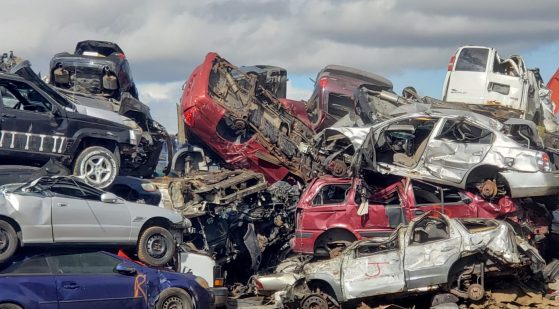It's a sight no car owner wants to witness – watching their once-prized possession being hauled away due to age, damage, or breakdown. But in places like North York, where efficient services for scrap car removal are accessible, it's reassuring to know that this isn't just the end of a vehicular journey but also the beginning of a responsible recycling process. Here's a step-by-step guide to what happens after your car gets towed and the intricate workings of the scrap car removal process in North York.
- Initial Towing to the Yard
After contacting a reputable service for scrap car removal in North York, a tow truck will arrive to haul your car away. This service is often free, and in some instances, you might even get compensated for the vehicle, depending on its condition and the components that can be salvaged.
- Documentation and De-Registration
Upon arrival at the scrap yard, the first step involves handling the administrative aspect. This includes verifying the vehicle's title to ensure legal ownership and subsequently deregistering the car. This step ensures that the vehicle is no longer recognized as roadworthy by legal authorities.
- Assessment for Reusable Parts
Before the actual scrapping, experts will assess the vehicle to identify parts that are still in good condition. Components like alternators, starter motors, engines, and even smaller items such as side mirrors or headlights can be removed, refurbished, and sold as spare parts. This phase not only promotes recycling but can also offset the costs associated with scrap car removal in North York.
- Draining of Fluids
Cars contain various fluids, including engine oil, brake fluid, transmission fluid, coolant, and even windshield washer fluid. Before scrapping, professionals will drain and collect these fluids. They are either responsibly disposed of or, in the case of some fluids, recycled and reused.
- Removal of Hazardous Components
Certain components of a car, like the battery and air conditioning system, contain hazardous materials. They're removed carefully to ensure these materials don't pose environmental risks. The batteries, for instance, are often sent to specialized recycling facilities where their lead content can be safely extracted and reused.
- Crushing and Compacting
Once all reusable parts and hazardous materials are removed, the remaining car body is ready for crushing. This process involves using powerful machinery to compress the vehicle into a metal cube or flat piece. This compressed form is not only easier to transport but also readies the vehicle for the final recycling phase.
- Shredding
The compacted car bodies are then fed into industrial shredders. These massive machines break down the metal into smaller chunks, separating out impurities in the process. The result is a mass of recyclable metal, primarily steel, ready for its next life.
- Recycling and Sale to Manufacturers
The shredded metal is sold to manufacturers. This recycled steel is often more cost-effective than producing new steel from raw materials. It finds its way into various products, from new cars to appliances, thereby completing the recycling loop.
- Disposal of Non-Metallic Parts
While a significant portion of the car is metallic, there are non-metallic parts like plastic, rubber, and fabric. These materials are separated during the shredding process. Some of them can be recycled, while others are responsibly disposed of, ensuring minimal environmental impact.
In Conclusion
The process of scrap car removal in North York is more than just getting rid of an old or damaged vehicle. It's an intricate dance of responsible recycling, ensuring that as much of the vehicle is reused or repurposed, minimizing waste. For residents of North York, it's heartening to know that when their vehicle reaches the end of its journey, it's handled in a manner that's both eco-friendly and economically beneficial. The next time you see a car being towed away, remember, it's not just the end; it's also a new beginning in the circle of automotive life.


No comments yet